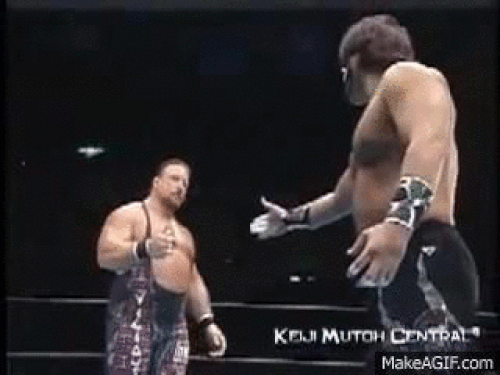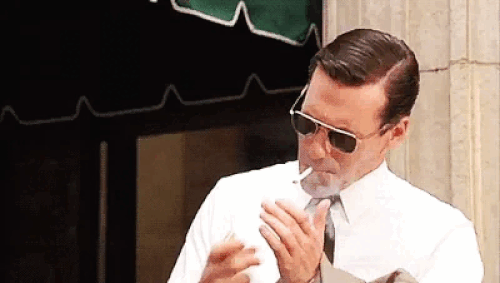The Eight Step Process to Building a Repertoire
/I’m currently in the process of rebuilding my repertoire with the Carefree Philosophy in mind.
Building a repertoire is a simple process. So simple that it probably doesn’t require a post walking you through it. I’m writing this post because it’s so simple. I hear from people who are overwhelmed by the process, and I think they’re making it needlessly complex.
I’m going to walk you through the steps of building a repertoire, and the one unique step to my process which is super helpful to me and I think could be useful to you as well.
Steps to Building a Repertoire
Find tricks you like in books, magazines, downloads, online lectures, etc.
Once you’ve found a trick you like, learn how to do it.
Ask yourself this question: “I like this trick… but would I like performing this trick?” Does it have a move you’re uncomfortable with? Or use a gimmick or methodology you don’t like? If so, forget it. This is part of the Carefree philosophy. There are 10s of thousands of tricks out there. If you don’t completely enjoy performing a trick, don’t bother with it. Be brutal. Craft a repertoire of tricks you love with methods you enjoy performing.
You found a trick you like. You learned it. And you’ve decided you would enjoy performing it. Now what? Now you grab a sheet of paper, or a notebook, or open a document on your computer. Write, “Repertoire” at the top. Now write down the name of the trick. This is the easiest step, but the one people are least likely to do. You can’t skip this step. It’s mandatory. Your repertoire doesn’t exist in your head. It exists on this sheet of paper (or in this notebook or computer document).
All you need to write down is the name of the trick. But if you want, you can write down additional information like the creator of the trick, where it can be learned, the “category” of trick it is, etc. If that doesn’t sound interesting, you don’t have to do it. Carefree.
Write down where the trick lives. [I’ll explain this below.]
Repeat steps 1-6 for more tricks.
Once in a while (every couple of weeks to every couple of months), read through your repertoire. Practice the tricks that should be practiced. (Many of them won’t need to be practiced, you can just think through them.) Delete the ones you no longer feel like having in your repertoire. As you read through the list, consider where, and in what context, you might perform the trick. Write that down if you want.
That’s it. You now have a repertoire.
Step Six
This is the “unique” step I mentioned above. I think it’s very important for any repertoire, but especially for me as I build my Carefree repertoire.
You need to identify where each effect lives.
That is: Where the effect is stored so that it can be deployed when the time is right.
The answer to that question of where an effect lives should not be “under my bed in a shoebox” or “in a trunk in my closet.” If that’s the case, the trick will rarely, if ever, be performed.
Impromptu card magic effects “live” in the deck. That’s easy.
You might have an effect with a key that lives on your keychain.
I have a bunch of effects that live in a Wonder Room display.
The point is, I don’t just have a list of effects that make up my repertoire. I have a list of effects that “live” somewhere, ready to be used. This is so important if you want to be someone who performs regularly.
(Next week, I’ll continue this concept by breaking down different “houses” you can consider for your effects to live in.)
But there you have it. That’s how to build a repertoire. I recommend 100 tricks, because it’s challenging but doable. You can do more or less. But I think 100 is a good average. I wouldn’t have a 20-trick repertoire (as an amateur), because I think it wouldn’t be stimulating for me and I’d feel constrained. But I also wouldn’t do a 250 trick repertoire because I feel like it would take too much upkeep. I want a good-sized repertoire in service of being able to perform frequently. Not just a big repertoire for the sake of one.







